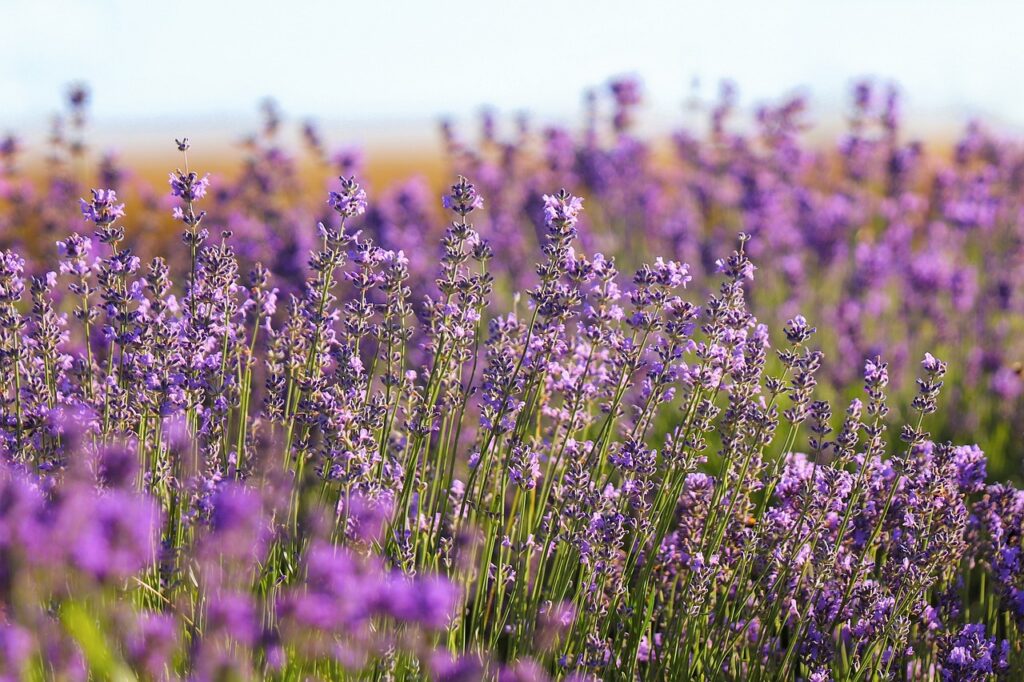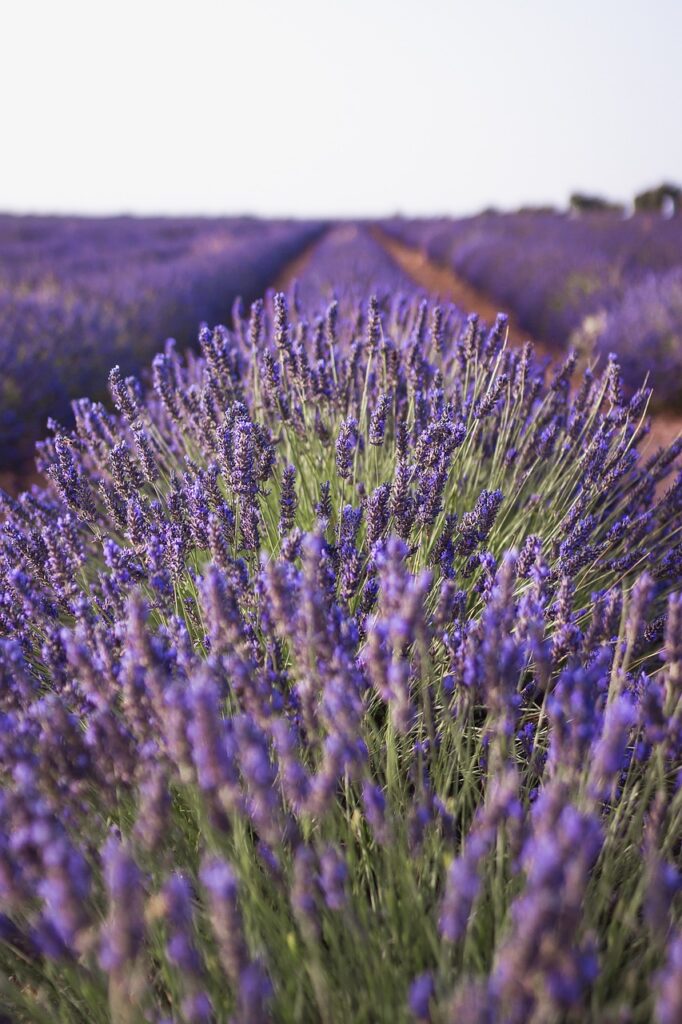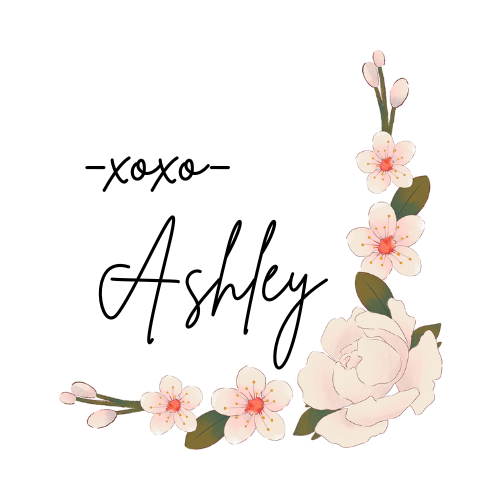Lavender- Nature’s Calming Powerhouse
Hey there, fellow herb enthusiasts! 🌱 Welcome to the second installment of my “Intro to Herbs” series, where we explore the magic of nature’s most beloved plants. Today, we’re starting with one of my all-time favorites—lavender.
Lavender and I go way back. Ever since we moved into this house—going on seven years now—this beautiful herb has been a staple in my garden. She was one of the very first plants I brought home from the local nursery. What started as two tiny 2.5-inch pots has now grown into stunning, fragrant beauties that bring so much joy.
But lavender isn’t just another pretty plant. It has a rich history, incredible healing properties, and a ton of practical uses that have stood the test of time. Let’s dive in!
🌿 Lavender 101: Quick Facts & Fun Trivia
(Because you never know when this knowledge might help you win trivia night at your favorite local hangout. 😉)
✨ Scientific Name: Lavandula (part of the mint family!)
✨ Native Regions: Mediterranean, Western Europe, Africa, and parts of Asia
✨ Family Members: Basil, oregano, thyme, and mint—basically, your Italian grandma’s spice cabinet.
Lavender thrives in sunny, rocky, alkaline soil—which is why it originally flourished in mountainous Mediterranean regions. It was brought to new lands by early European explorers who valued it for its soothing aroma and medicinal qualities. Even centuries ago, people knew this herb was something special!
🏺 Lavender in Ancient Civilizations
One of the things I love most about herbs is their deep historical roots. Many ancient cultures recognized lavender’s benefits long before modern science confirmed them.
✨ Ancient Egyptians – Used lavender in perfumes, cosmetics, and even embalming rituals. Fun fact: traces of dried lavender were found in King Tut’s tomb! (Shoutout to my fellow history nerds! 🏺)
✨ Ancient Romans – Loved lavender in their legendary public bathhouses, not just for its scent but also for its ability to disinfect the water.
✨ Victorian Era – The Victorian obsession with lavender was real. It was used in beauty creams, muslin sachets as natural deodorizers, and even as a furniture and wall wash. No air conditioning or AX body spray back then—just lavender-scented walls and linens to keep things fresh.
🌱 Healing Properties of Lavender
Fast forward to today, and modern science is catching up to what ancient civilizations already knew—lavender is a powerhouse of healing.
A study from Mount Sinai Hospital in New York found that lavender helps with:
✅ Insomnia 😴 (Lavender pillow spray, anyone?)
✅ Stress & anxiety relief 💆♀️ (Bubble bath, here we come!)
✅ Hair loss (alopecia)
✅ Wound healing & skin conditions
✅ Postoperative pain management
The Secret? Terpenes
Lavender’s benefits come from its active compounds, called terpenes—the magic behind its scent and healing properties.
🌿 Linalool – The floral yet slightly spicy aroma
🌿 Linalyl acetate – A key component in lavender essential oil
🌿 Lavandulol – A hint of citrusy freshness
These compounds also give lavender its antimicrobial, anti-inflammatory, and antifungal superpowers.
🌸 Lavender Essential Oil: A Little Goes a Long Way
Lavender essential oil is basically the plant’s essence in a concentrated form. But before you start slathering it on, here’s an important PSA:
🚨 Never apply essential oils directly to your skin. Always dilute them with a carrier oil to avoid irritation.
Best Carrier Oils for Your Skin:
🥥 Coconut oil
🌰 Jojoba oil
🌿 Almond oil
🫒 Olive oil
Test them out and see which one works best for you!
While lavender as a plant is safe for internal use, lavender essential oil is NOT—so keep it out of your tea and stick to external applications.
💜 Modern Day Lavender Uses
From bath soaks to skincare, herbal teas to household sprays, lavender is just as loved today as it was in ancient times. Walk down any beauty aisle, and you’ll see lavender in:
✨ Soaps & lotions (perfect for re-moisturizing and relaxation)
✨ Pillow sprays (a must for better sleep)
✨ Natural acne treatments (antimicrobial properties, FTW!)
Lavender Pillow Spray 😴✨
Materials
- 🧴 1 oz distilled water
- 🧴 1 oz rubbing alcohol
- 💧 10-20 drops of lavender essential oil organic is best, but you do you, boo!
- 🌿 Glass spray bottle 2-3 oz size
Instructions
Mix all ingredients into the glass bottle.
Gently shake to combine.
Spritz onto your pillow about 5-10 minutes before bed.
Sweet dreams! 😴✨
Notes
💬 Let’s Chat!
Lavender has been a staple in my life for years, and I love learning new ways to use it. How do you incorporate lavender into your routine? Drop a comment below and let’s swap ideas!
Stay tuned for the next post in the “Intro to Herbs” series, where we’ll explore another incredible herb. Any guesses on which one? 😉


